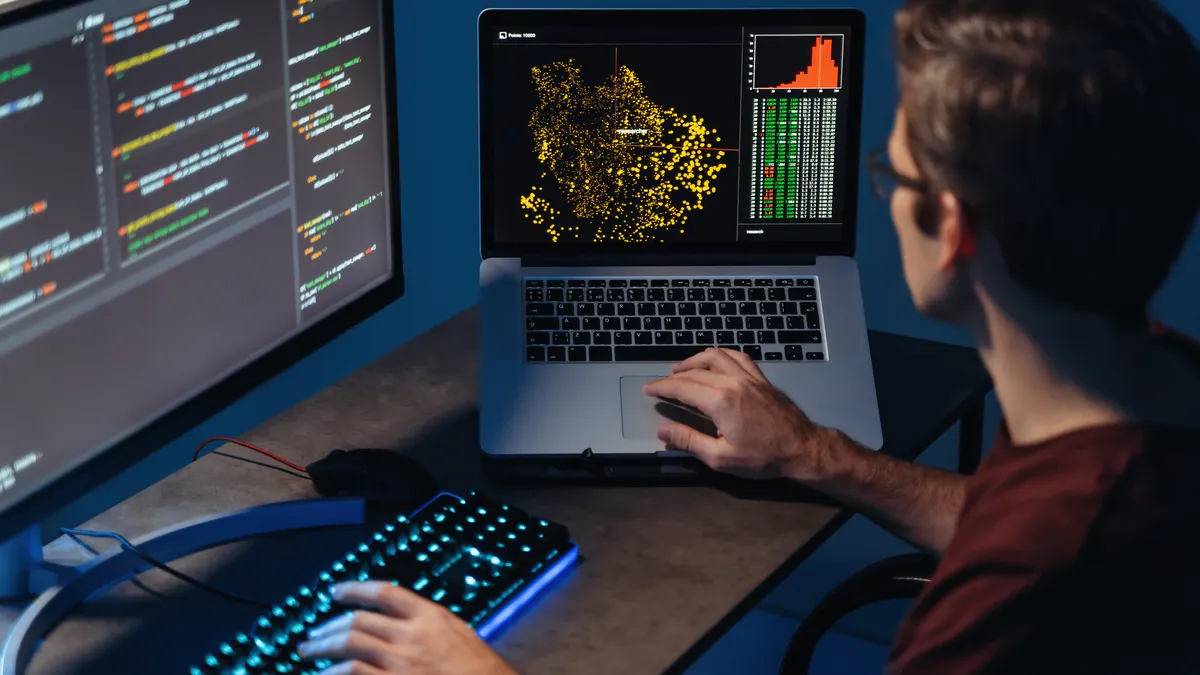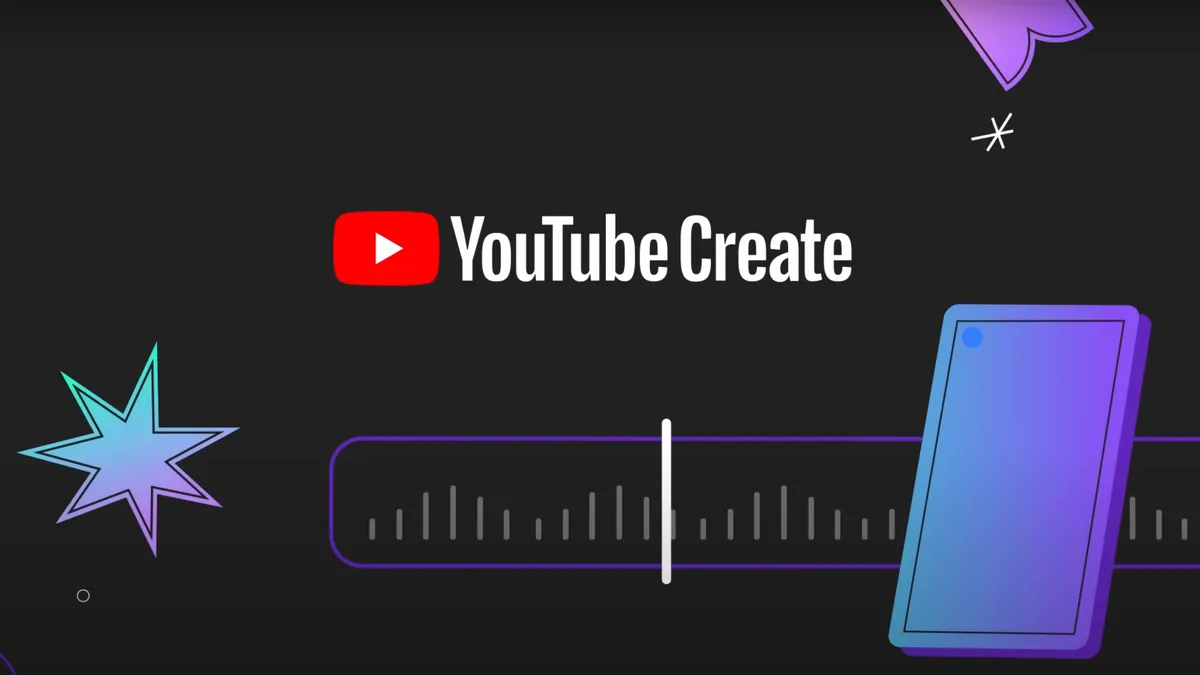Alibaba’s EMO: An AI Video Generator that Brings Characters to Life
Alibaba refers to it as 'EMO,' and it definitely lives up to the name.
Alibaba’s AI video generator outperformed Sora by making her sing.
Introduction: Bridging the Gap between Still Images and Lively Characters
Alibaba, the Chinese e-commerce giant, has just released an intriguing new AI video generator called EMO. This AI system is making waves for its astonishing ability to transform still images of faces into charismatic actors and even singers. With EMO, we catch a glimpse into a future where AI creations come alive, making video worlds that are not just populated by silent figures but ones that can speak and even sing. In fact, Alibaba’s EMO goes a step further and showcases one of OpenAI’s most famous creations, Sora, belting out a Dua Lipa song. 🎤
The Power of EMO: From Audrey Hepburn to Lili Reinhart
Alibaba has generously provided demo videos on GitHub to showcase EMO’s remarkable video-generating capabilities. One of these demos features Audrey Hepburn, speaking the audio from a viral clip of Riverdale’s Lili Reinhart expressing her love for crying. While Hepburn’s head maintains a rigid position, her entire face, not just her mouth, seems to genuinely emote the words in the audio clip. The difference between the original clip where Reinhart moves her head animatedly and EMO’s rendition of Hepburn highlights the fact that EMO isn’t a mere face-swapping tool or an AI mimic of the mid-2010s. It’s a step beyond, providing realistic facial expressions that bring the audio to life. 🎭
EMO vs. Audio2Face: A Revolutionary Leap
In the realm of facial animation generated from audio, EMO seems to have outclassed its predecessors. For instance, NVIDIA’s Omniverse software package offers an audio-to-facial-animation app called “Audio2Face,” which relies on 3D animation and fails to produce photorealistic video like EMO. Despite being just two years old, Audio2Face appears antiquated when compared to EMO. While Audio2Face’s output looks more like a puppet with a facial expression mask, EMO’s characters display nuanced emotions that perfectly sync with each audio clip. EMO exudes a level of realism that its predecessors can only aspire to achieve. 🎶
The Limitations and Intricacies of EMO
It is essential to note that we are currently evaluating EMO based on demos provided by its creators, without having access to a usable version for extensive testing. The capability to generate convincingly human facial performances, solely based on audio, is undoubtedly astonishing. However, it’s reasonable to assume that achieving such results would require significant trial and error, and task-specific fine-tuning. Furthermore, while EMO excels at emulating subtle emotions and linguistic nuances in languages like English and Korean, it remains to be seen how effectively it handles heavier emotional content and less mainstream languages. 💔
Future Implications and Considerations
Alibaba’s EMO has brought us one step closer to a future where AI creations possess a lifelike quality that transcends our current capabilities. The ability to animate still images with such realism raises questions about the potential applications in various industries, including entertainment, marketing, and even education. We can only imagine the profound impact this technology will have on these fields and more. However, it is crucial to approach these advancements with caution, as the more realistic AI becomes, the more susceptible it becomes to misuse and unethical practices. Let’s harness this incredible technology responsibly and ensure that it truly contributes positively to our society. 🌐
Q&A: Addressing Reader Concerns and Curiosities
Q: How does EMO compare to OpenAI’s Sora?
- A: Alibaba’s EMO serves as a fantastic alternative to OpenAI’s Sora. In fact, EMO showcases the power of its video-generating framework by featuring Sora singing a Dua Lipa song. This demonstrates Alibaba’s commitment to pushing the boundaries of AI video generation and delivering impressive results. 😮
Q: How does EMO differ from previous face-swapping technologies?
- A: EMO is an evolution beyond conventional face-swapping. Unlike previous technologies, EMO doesn’t just swap faces; it accurately captures the intricacies of facial expressions and emotions, delivering a level of realism that far surpasses earlier attempts. It attains this by employing advanced reference-attention and audio-attention mechanisms, enabling characters to emote based solely on audio cues. 🎭
Q: Can EMO handle languages other than English and Korean?
- A: Despite being developed in China, EMO showcases its language flexibility by demonstrating its ability to adapt to English and Korean phonics convincingly. While its performance with other languages remains untested in the demos, it certainly opens the possibility of utilizing EMO in a wide range of linguistic contexts. It will be fascinating to witness its performance with lesser-known languages in the future. 🌍
Q: What are the potential ethical concerns surrounding EMO and similar technologies?
- A: As AI video generation technologies like EMO progress, ethical concerns arise. The lifelike nature of these creations raises issues of misuse, such as deepfakes and misinformation. It is crucial to establish responsible and ethical guidelines to ensure these technologies are utilized positively and without infringing on individuals’ rights and privacy. 🚫
In Conclusion
Alibaba’s EMO represents a significant leap in AI video generation technology, bringing still images to life with incredible realism. The ability to capture nuanced facial expressions and emotions solely based on audio is a testament to the progress we have made in the field of computer technology and programming. While there are ethical considerations to address, the potential applications for EMO and similar technologies are vast. Let’s embrace this technological marvel responsibly, foster its positive development, and enjoy the opportunities it brings. 💻🌟
References:
- “OpenAI’s Newest Model Sora: Generate Videos That Look Decent”
- “What Was Sora Trained On? Creatives Demand Answers”
- “OpenAI’s Sora Demonstration Video”
- “Swift Retaliation: Fans Strike Back with Explicit Deepfakes”
- “NVIDIA Omniverse Audio-to-Facial-Animation Framework”
- “The Rise of Deepfakes in 2017”
- “China’s Live Streaming Factories Are Bleak. Now TikTok Wants to Open One in the U.S.”
- “The White House is Cracking Down on Brokers Selling Your Data to China and Russia”
- “Tesla Faces New Potential Challenge in China: Xiaomi’s First EV Cars”
🌟 If you found this article insightful and entertaining, don’t forget to share it on your favorite social media platforms! Let’s spread the knowledge and have fun together! 🚀






